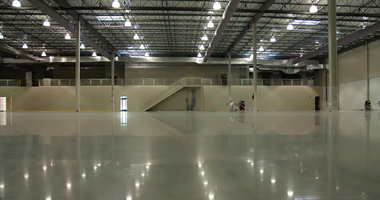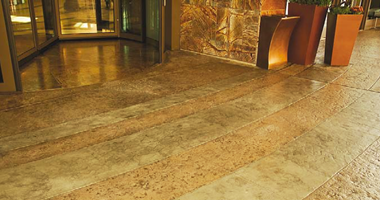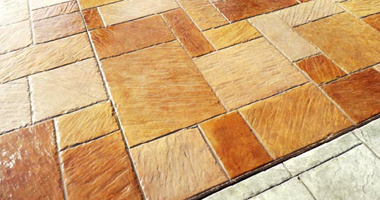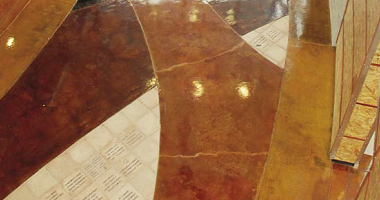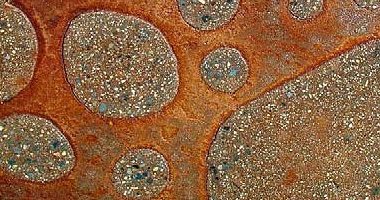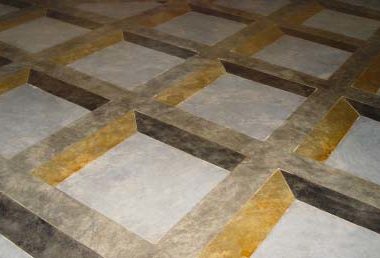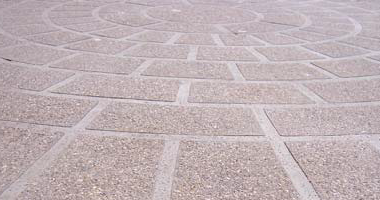When it comes to decorative concrete on floors, sometimes you have to take it off before you lay it down. Take a closer look at your two basic options when clearing the way for new work.
Topics
Scofield Announces 2008 Award Winners
Nine finalists were selected to receive Scofield awards out of 37 entries. For each of three regions of the United States, there was one commercial finalist, one residential and one selected for "Unique Application." The Eastern Region/Commercial winner J.L. Marshall & Sons Inc., of Pawtucket, R.I. took home the Grand Prize.
Porosity, Penetration and Adhesion of Decorative Concrete Finishes
The world we live and work in moves so fast, just going through the motions seems to have become the norm. Taking time to really understand how or why a product works is not even on the radar screen.
New Paladiano “Wonders of the World” Stamp Line
There is something that could be said about the connection between wine and the invention of a great idea.
This certainly holds true for Bob Harris, president of the Decorative Concrete Institute.
Decorative Concrete Contractor is a Jack of All Trades
Decorative work is a growing part of this groundbreaking company, where business savvy meets design expertise.
Bringing Colorful Concrete to a Church Lobby
When Adobe Coatings of Mesa, Ariz., was brought in to create new concrete floors for Christ’s Greenfield Lutheran Church in Gilbert, Ariz., the original plan was to use acid stain for the entire project. One hitch: The 11,000-square-foot project included some balcony space.
This Concrete Stamp is No Cookie Cutter
Why would anyone spend thousands of dollars on Parisian cobblestone stamps? A flight to Paris and a hotel for the weekend, for both concrete contractor and client to share mutual experiences and gather ideas, would’ve been cheaper and the real deal!
Acid Stain Alternatives for Concrete
Three more ways to get the look of acid stain without the hassle.
Exposed Aggregate Faux Paver Effect on Concrete Recipes
Tempt the eye with a whole new batch of concrete color makers’ favorite designs and effects.
Using Unique and Uncommon Building Materials to Create a Durable and Attractive Concrete Floor
When New Leaf Community Markets decided to construct a new 20,000-square-foot location in Santa Cruz, Calif., the flooring was one feature the company wanted to be unique, durable and representative of the beach community in which the natural food store would be located.
